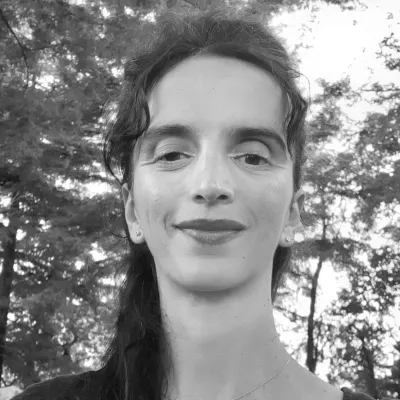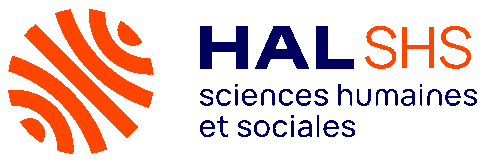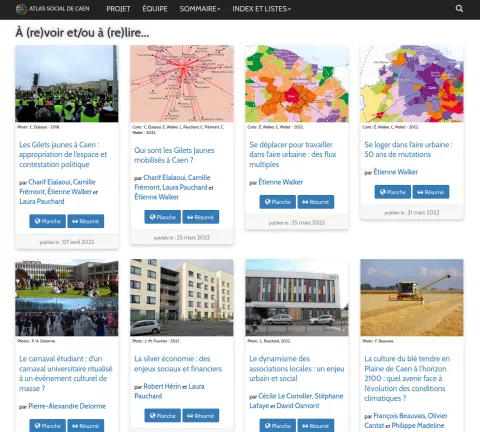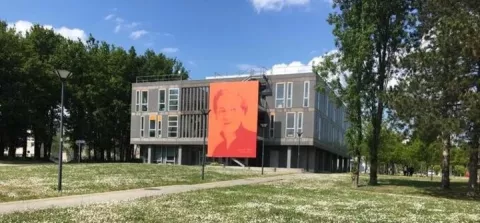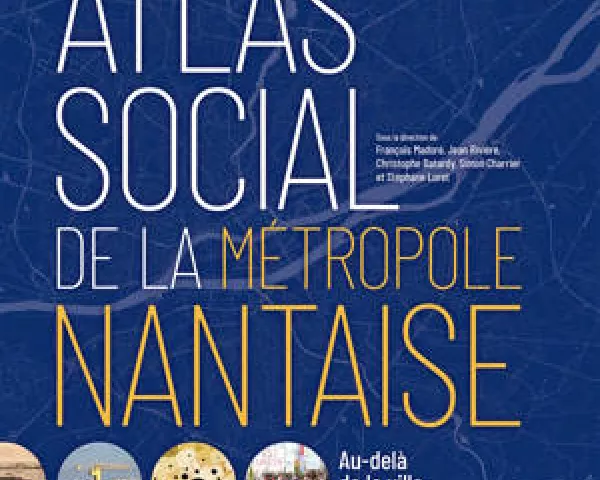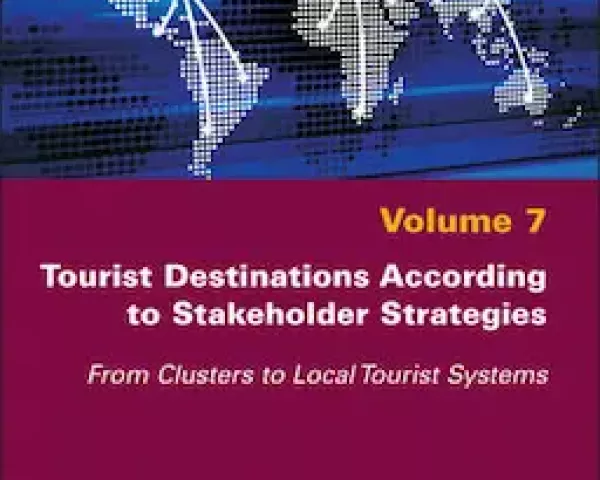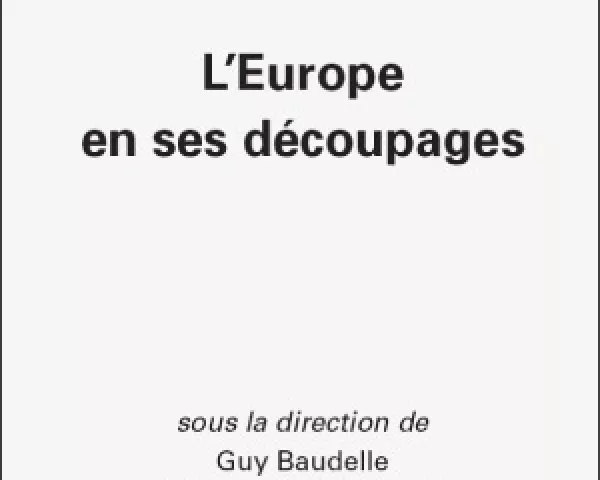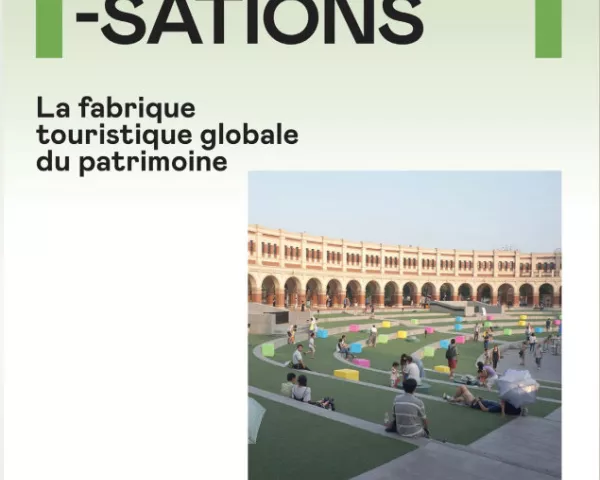Urban populations vulnerabilities and resiliences analysis model in a context of climate change
Géraldine Molina, Léo Hureau. Urban populations vulnerabilities and resiliences analysis model in a context of climate change. ICUC 11, International Conference on Urban Climate, International Association for Urban Climate (IAUC) and the American Meteorological Society (AMS), Aug 2023, Sydney (AUSTRALIA), Australia. ⟨hal-04384451⟩
In the proposed analysis model, social vulnerability is questioned through three dimensions: exposure, sensitivity and the ability of populations to adapt to the urban climate and its changes. Resilience is defined as a process through which individuals and social groups manage to limit their vulnerability in order to maintain sufficient quality of life, health (physical and mental), well-being and individual and social functioning. This analysis model was built from the results of several field surveys conducted by a research team (ESO-IRSTV) on the populations of 2 French cities in Europe (Lyon, Nantes) from 2016 to 2022. Different techniques of social sciences surveys were used to collect the data: 140 semi-structured interviews and 1 300 questionnaires with the inhabitants, observations of the populations, participant observations, field surveys, a participatory science campaign, cross-referencing user questionnaires and measurements with a mobile station in public spaces. The model makes it possible to analyze the main parameters influencing social vulnerability and resilience. From a systemic perspective, the differentiation factors include both intra and inter-individual, socio-economic characteristics, linked to socio-spatial practices, lifestyles and ways of living, but also present and past "lived spaces" (Frémont, 1976) of inhabitants and their climatic characteristics. Taking into account all of these parameters and their interactions makes it possible to establish profiles of vulnerability and resilience of individuals but also of social groups and populations of a territory. Including a temporal and evolutionary dimension by integrating the question of past climatic experiences, it also makes it possible to outline trends in a more prospective logic.
In the proposed analysis model, social vulnerability is questioned through three dimensions: exposure, sensitivity and the ability of populations to adapt to the urban climate and its changes. Resilience is defined as a process through which individuals and social groups manage to limit their vulnerability in order to maintain sufficient quality of life, health (physical and mental), well-being and individual and social functioning. This analysis model was built from the results of several field surveys conducted by a research team (ESO-IRSTV) on the populations of 2 French cities in Europe (Lyon, Nantes) from 2016 to 2022. Different techniques of social sciences surveys were used to collect the data: 140 semi-structured interviews and 1 300 questionnaires with the inhabitants, observations of the populations, participant observations, field surveys, a participatory science campaign, cross-referencing user questionnaires and measurements with a mobile station in public spaces. The model makes it possible to analyze the main parameters influencing social vulnerability and resilience. From a systemic perspective, the differentiation factors include both intra and inter-individual, socio-economic characteristics, linked to socio-spatial practices, lifestyles and ways of living, but also present and past "lived spaces" (Frémont, 1976) of inhabitants and their climatic characteristics. Taking into account all of these parameters and their interactions makes it possible to establish profiles of vulnerability and resilience of individuals but also of social groups and populations of a territory. Including a temporal and evolutionary dimension by integrating the question of past climatic experiences, it also makes it possible to outline trends in a more prospective logic.
